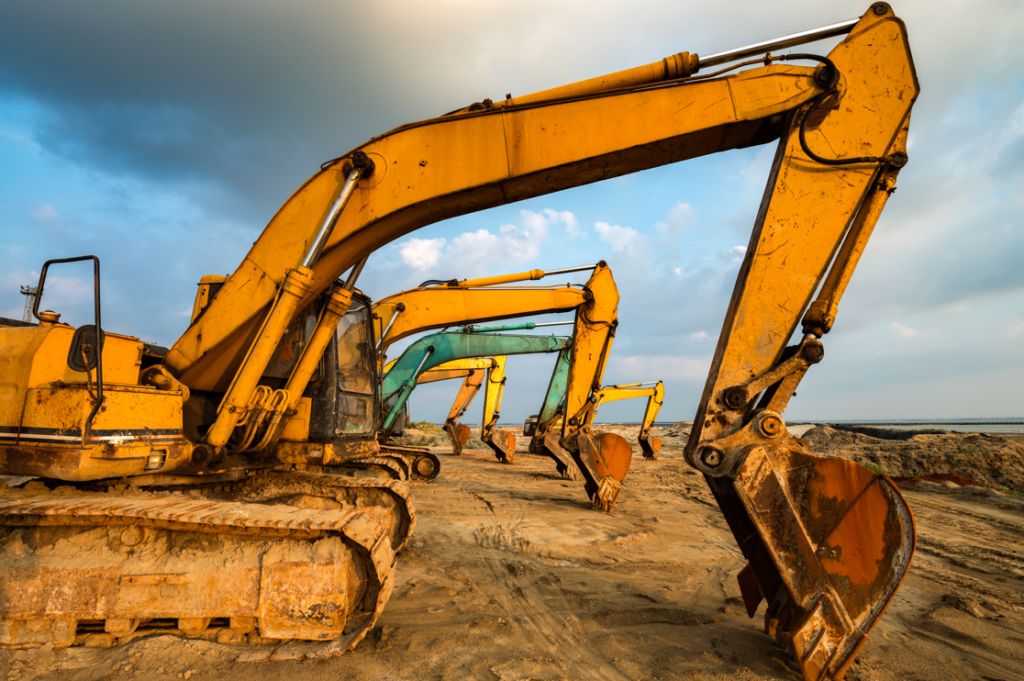
Earthmoving is an essential process in construction and infrastructure projects. Whether it’s excavating, grading, or moving large quantities of soil, mastering the art of earthmoving is crucial for successful project completion. In this blog post, we will explore the different types of modern earthmoving equipment, their specific uses, and the advancements in technology that have revolutionized the industry.
The Importance of Earthmoving in Construction and Infrastructure Projects
Earthmoving serves as the foundation for various construction and infrastructure projects. It involves activities such as excavation, site preparation, and land development, which are essential for creating a strong base to support structures, roadways, and other installations. Without efficient and technologically advanced earthmoving equipment, these projects would not be possible.
Various Types of Earthmoving Equipment and their Specific Uses
- Excavators
Excavators are versatile earthmoving machines with a rotating cab, an arm, and a bucket. They are commonly used for digging trenches, foundations, and holes, as well as for demolishing structures. Excavators come in various sizes, from compact mini excavators suited for small-scale projects to large hydraulic excavators used for heavy-duty digging. - Bulldozers
Bulldozers are powerful machines equipped with a front-mounted blade. They are primarily used for pushing, grading, and leveling large quantities of soil or rubble. Bulldozers can handle rough terrains and are commonly employed in land clearing, road construction, and mine work. They come with different blade types, including straight, U-shaped, and angle blades, to suit different applications. - Wheel Loaders
Wheel loaders, also known as front loaders, are designed to load and transport materials such as soil, gravel, and debris. They have a large bucket mounted on the front of the machine and are commonly used in construction sites, quarries, and mining operations. The flexibility, speed, and lifting capacity of wheel loaders make them indispensable in material handling tasks. - Graders
Graders are specialized machines used for grading and leveling the ground surface. They have a long blade mounted between the front and rear axles, which can be adjusted to create slopes or level surfaces. Graders are crucial in road construction, maintaining unpaved surfaces, and creating proper drainage systems. They ensure a smooth and even surface for construction projects. - Dump Trucks
Dump trucks are heavy-duty vehicles designed for transporting large volumes of material, such as earth, gravel, sand, or rock. They have a hydraulic lifting mechanism at the rear that allows them to unload their cargo easily. Dump trucks come in various sizes and configurations, including standard, articulated, and off-road models, catering to different transportation needs.
Advancements in Technology and the Earthmoving Industry
Technology has played a significant role in advancing the earthmoving industry. Here are some notable advancements:
- GPS and 3D Machine Control
Global Positioning System (GPS) technology and 3D machine control systems have revolutionized the accuracy and efficiency of earthmoving operations. By utilizing GPS technology, operators can precisely track their position and the equipment’s movement, resulting in accurate excavation, grading, and leveling. This technology minimizes human error, reduces material waste, and improves project timelines. - Telematics and Remote Monitoring
Telematics systems in modern earthmoving equipment enable real-time remote monitoring and diagnostics. Equipment operators and project managers can track the machine’s performance, productivity, fuel consumption, and maintenance needs. This data helps optimize operations, minimize downtime, and efficiently manage equipment fleets. - Hybrid and Electric Earthmoving Equipment
As sustainability becomes a priority, the earthmoving industry has started to embrace hybrid and electric equipment. These machines offer reduced emissions, lower fuel consumption, and quieter operation, without compromising power and performance. Hybrid and electric earthmoving equipment not only contribute to environmental conservation but also offer long-term cost savings.
Conclusion
Mastering the art of earthmoving is crucial for successful construction and infrastructure projects. The range of modern earthmoving equipment available, from excavators to dump trucks, ensures that specific tasks can be carried out efficiently and effectively. Moreover, the advancements in technology, such as GPS, telematics, and hybrid equipment, have significantly improved accuracy, productivity, and sustainability within the industry. As the importance of earthmoving continues to grow, mastering the equipment and technology will become even more essential for the success of future projects.

